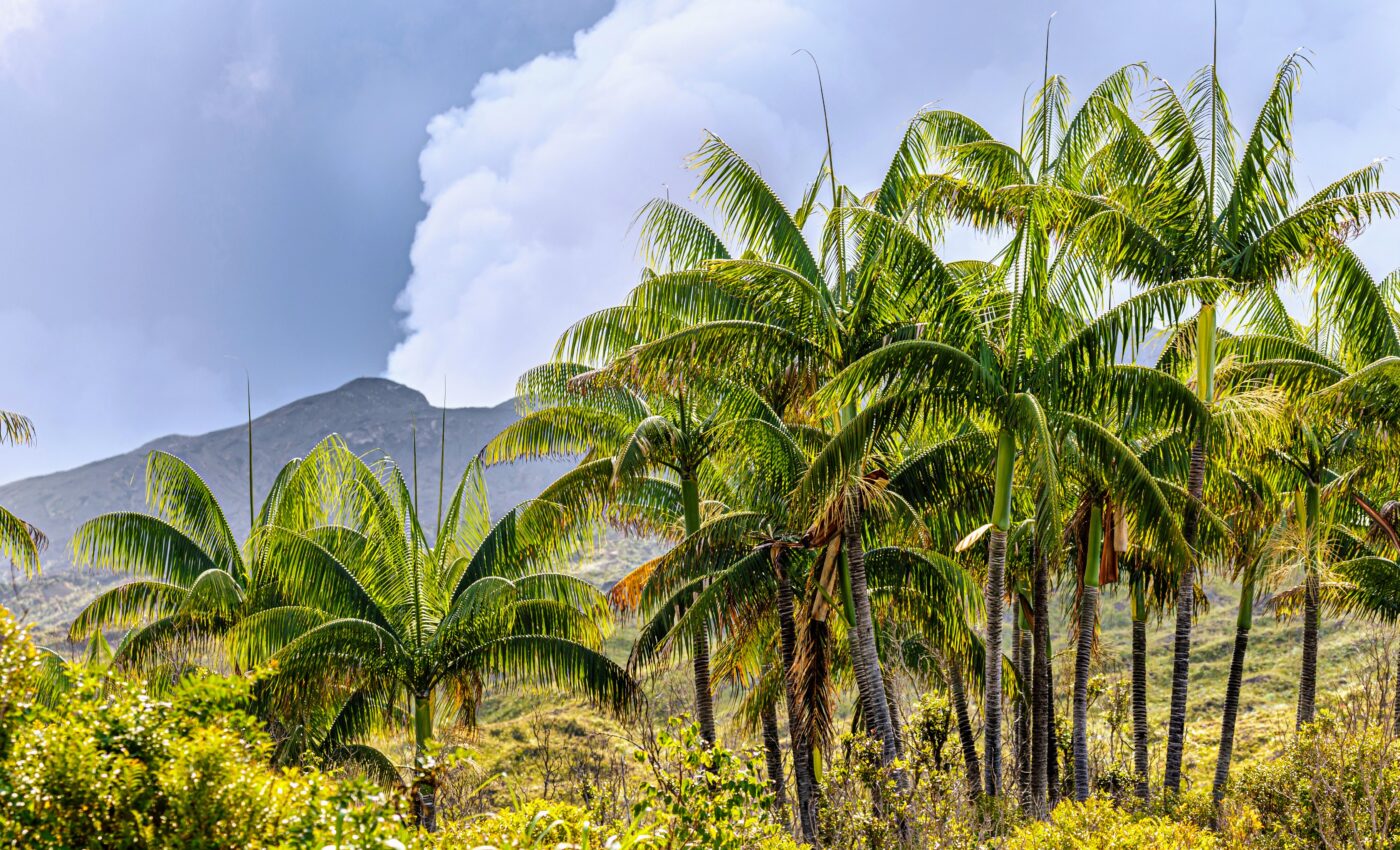
Volcanic eruptions impede the predictive power of climate models
Decadal variations in sea surface temperatures in the tropical Pacific have major impacts on the global climate, such as variations in precipitation and severe weather. Thus, accurate predictions are needed to provide community leaders, farmers, and water managers with critical climate information that would allow them to plan years in advance. Unfortunately, according to a new study led by the National Center for Atmospheric Research (NCAR), the way volcanic eruptions are represented in climate models may be masking their ability to accurately predict variations in sea surface temperatures unfolding over multiple years.
“Near-term climate prediction on annual to decadal timescales is a rapidly growing and important field in the climate community because it bridges the gap between existing seasonal forecasts and centennial climate projections,” said lead author Xian Wu, a postdoctoral researcher at NCAR. “When we rely on models to make these predictions, it’s important to carefully consider the model’s fidelity. In this case, we found that model errors in simulating the response to volcanic eruptions degraded our prediction skill.”
The experts used two parallel collections of climate simulations from the Decadal Prediction Large Ensemble – a dataset produced using the NCAR-based Community Earth System Model – which were run as hindcasts, covering the period 1954-2015 and thus allowing researchers to compare the simulations with what really occurred and evaluate their ability to forecast future climate variations. While one collection included the three largest volcanic eruptions which occurred during the period – Agung (1963), El Chichón (1982), and Pinatubo (1991) – the other did not.
Since large volcanic eruptions can have long-term cooling effects on the climate, the scientists expected that the collection including the eruptions would produce more accurate predictions. To their surprise though, the inclusion of the eruptions in fact degraded the model’s predictive capacities, particularly in the tropical Pacific region, where the model predicted a cooling of the sea surface temperatures while, in reality, the regions warmed after the eruptions.
These findings emphasize the difficulty of accurately representing the complex climate impacts following volcanic eruptions. Although scientists are aware that volcanoes can lift sulfur gases into the stratosphere where they often transform into sunlight-reflecting aerosols, how the resulting cooling ultimately affects our entire planet, including sea surface temperatures, is still poorly understood.
“We just don’t have enough observations. And our methods to observe what is happening in the stratosphere have only been available since the satellite era, which means we only have Chichón and Pinatubo,” Wu said.
Nonetheless, the researchers hope that representations of volcanic eruptions and their impacts in models will improve over time, along with our ability to forecast major climate events years in advance. “Decadal variability in the tropical Pacific is an important source of predictability worldwide. It affects climate over the surrounding continents, as well as marine ecosystems. Better predictions will provide important information for stakeholders,” Wu concluded.
The study is published in the journal Science Advances.
—
By Andrei Ionescu, Earth.com Staff Writer
Check us out on EarthSnap, a free app brought to you by Eric Ralls and Earth.com.













